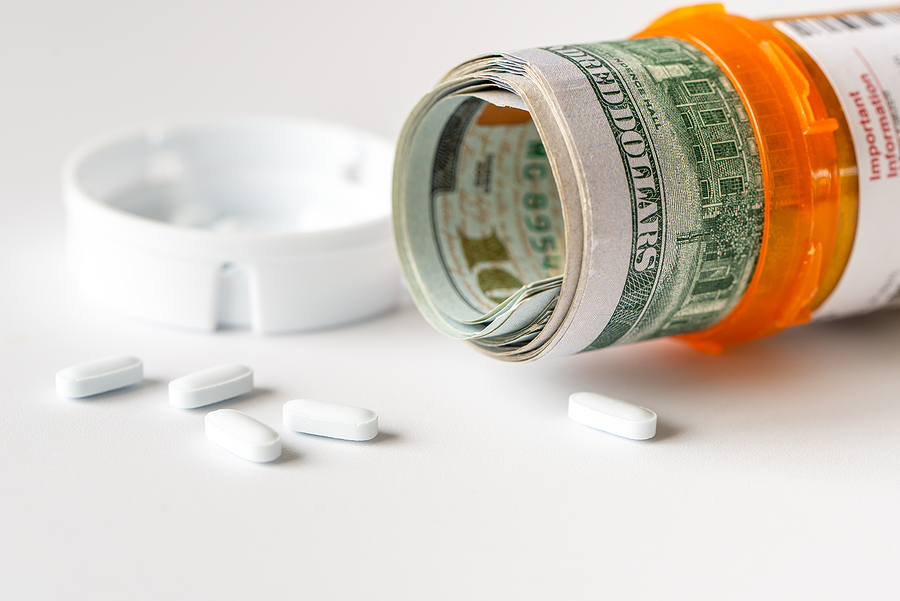Coming off the heels of National Women’s Health Week, it’s a good time to reflect not only on how far we’ve come in advancing the health and well-being of women and girls but also on the policies that will determine where we go from here. As someone who cares deeply about the strength and resilience […]










